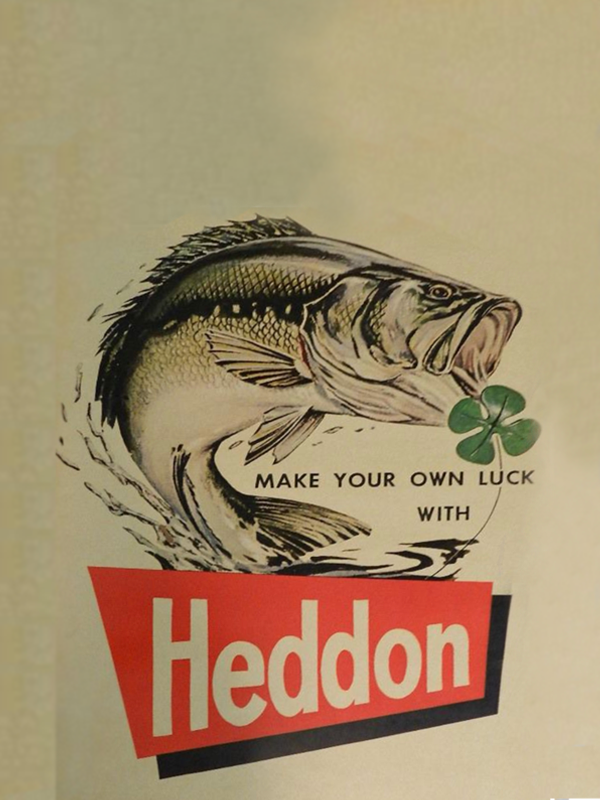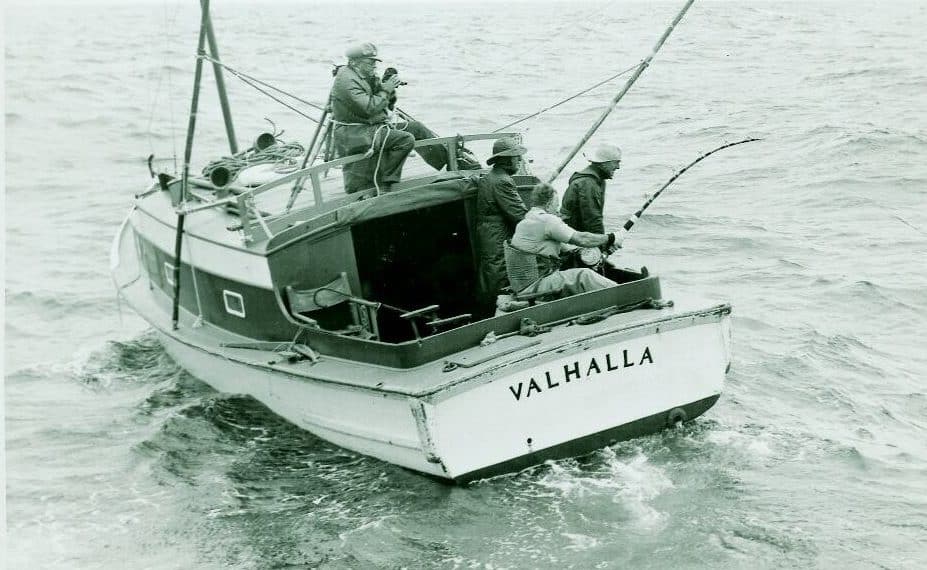
Reels for big game fishing
Reels for big game fishing

In 1902, Edward Vom Hofe, an engineer from New-York, himself a big tarpon fisherman in Florida, invented the first reels with a “drum” brake integrated in the spool.
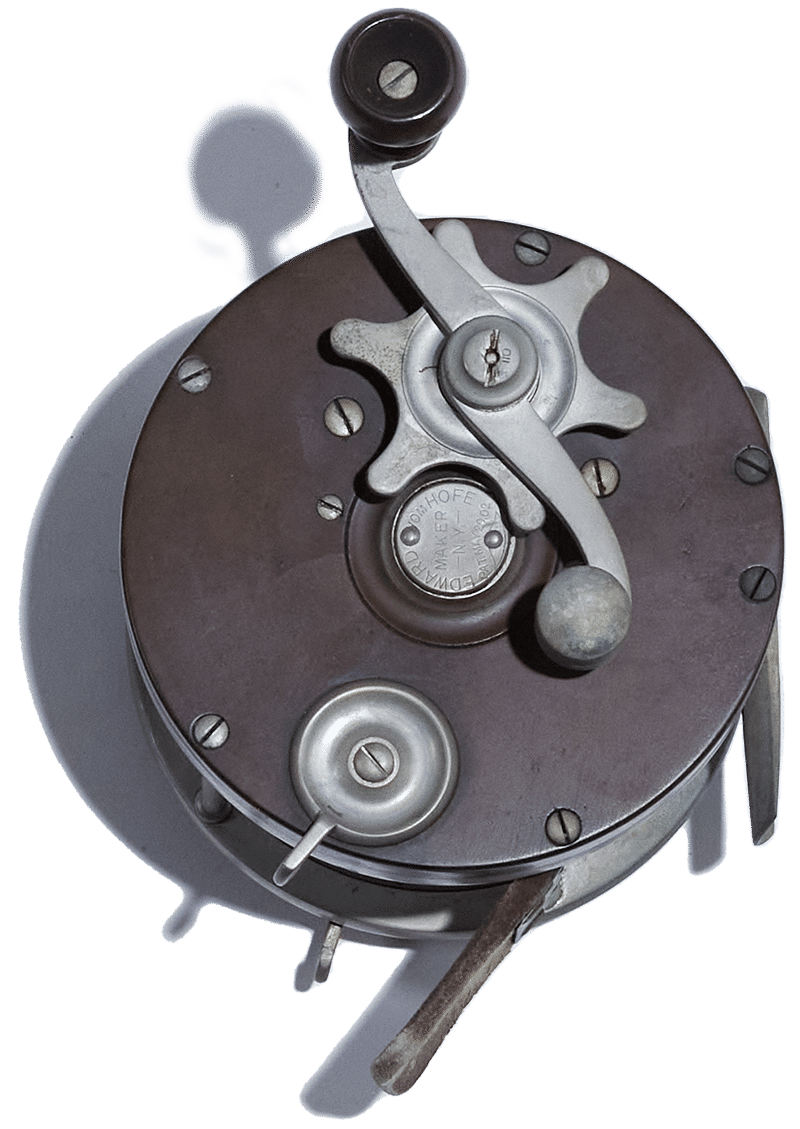
On the first Vom Hofe, a leather tab allowed to increase the brake pressure with the thumb.
Previously, to slow down the rotation of the reel, anglers could only apply pressure with their fingers through a piece of leather. In the years that followed, Vom Hofe patented a system that allowed the tension of the “brake” to be adjusted by means of a knob attached to the reel handle.
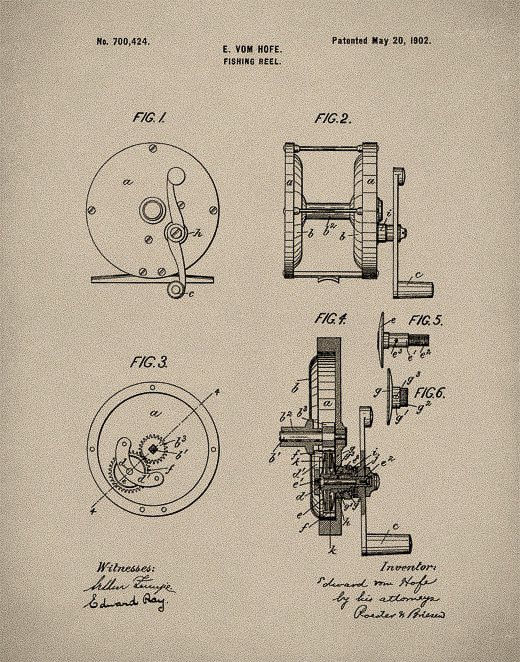
Patented in 1902, the braking system invented by Edward Vom Hofe.
Between 1905 and 1950, the Vom Hofe family made thousands of reels of all sizes for fishing large marine fish. Not only did these reels work, and when properly maintained still work wonderfully today, but they were also splendidly made with black “hard rubber” (a type of Bakelite) flanges and “German silver” frames, an alloy of silver and nickel, resistant to oxidation (rust) in the marine environment. More than one hundred different models of Vom Hofe reels, for fishing from small tuna to the largest swordfish and marlin, are included in the various Vom Hofe catalogs. Depending on their size and rarity, “Vom Hofe reels” can be traded today, when in good condition, between 300/400€ and more than 5000€.
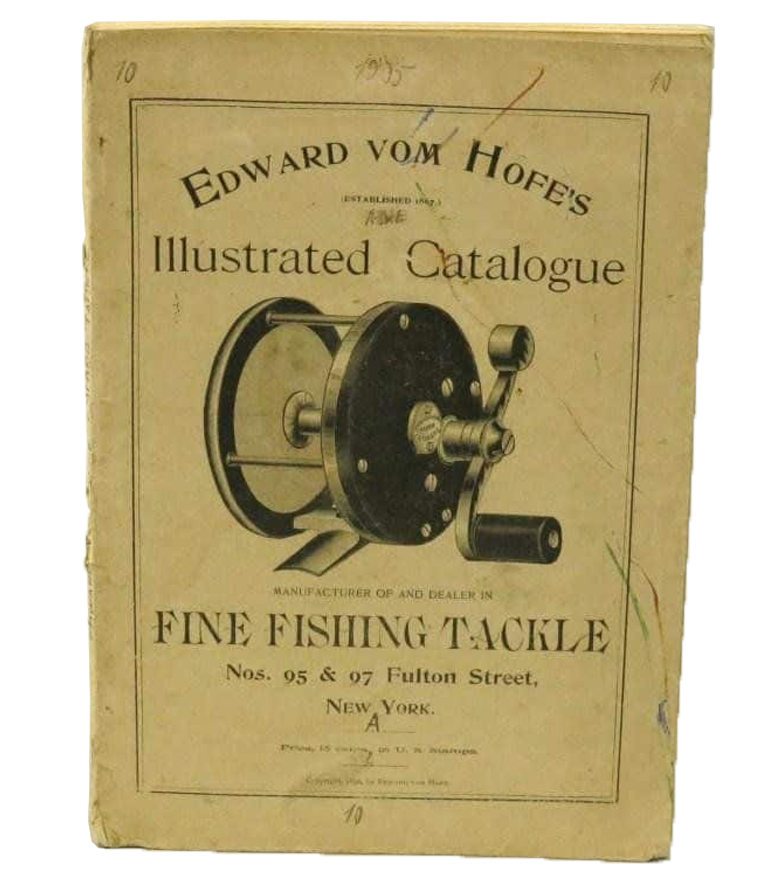
Much sought after by collectors, a Vom Hofe catalog from the beginning of the last century.

From the beginning of the XXth century, the Vom Hofe reels with incorporated brake, allowed the capture of fish, here a tuna, of more than 300 kg.
Bluefin tuna are currently making a strong comeback in the North Atlantic.
But it is not only across the Atlantic that sport fishermen were interested in large marine fish and their sport fishing. If marlin and other tropical species were and still are absent from European waters, bluefin tuna were well represented, and often very close to our coasts, where they came to gorge themselves on sardines in Brittany and herring and mackerel in the North Sea. As early as 1921, the famous Hardy Company developed magnificent reels specially designed for fishing giant bluefin tuna (up to more than 400/500 kg on our coasts). For thirty years, different models of these reels appeared in the pages of Hardy’s catalogs under the name of Fortuna (in fact a play on the words “for Tuna”). Made of aluminum alloy or steel (monel) unalterable to sea water, these reels especially in large sizes are highly sought after by collectors.
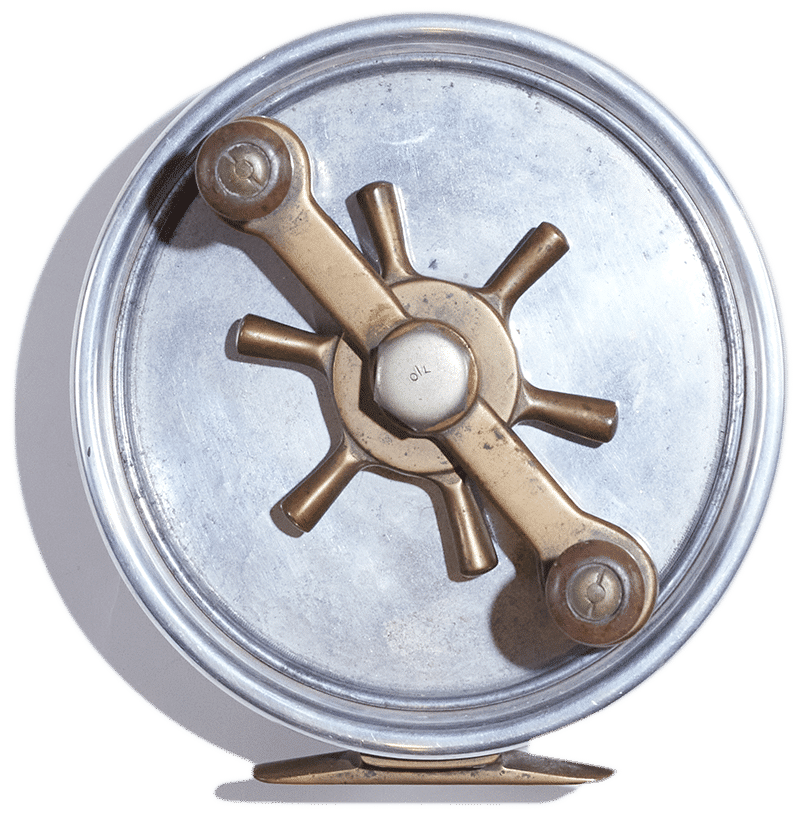
A small model of Hardy's Fortuna reel with its star drag.
Not as many, however, as the “Alma” and “Zane Grey” models, which the famous and wealthy American fisherman asked Hardy to make to his specifications. Manufactured in only a few dozen copies and in three sizes between 1928 and 1953, these reels are currently traded between 20 and 30,000 euros each.
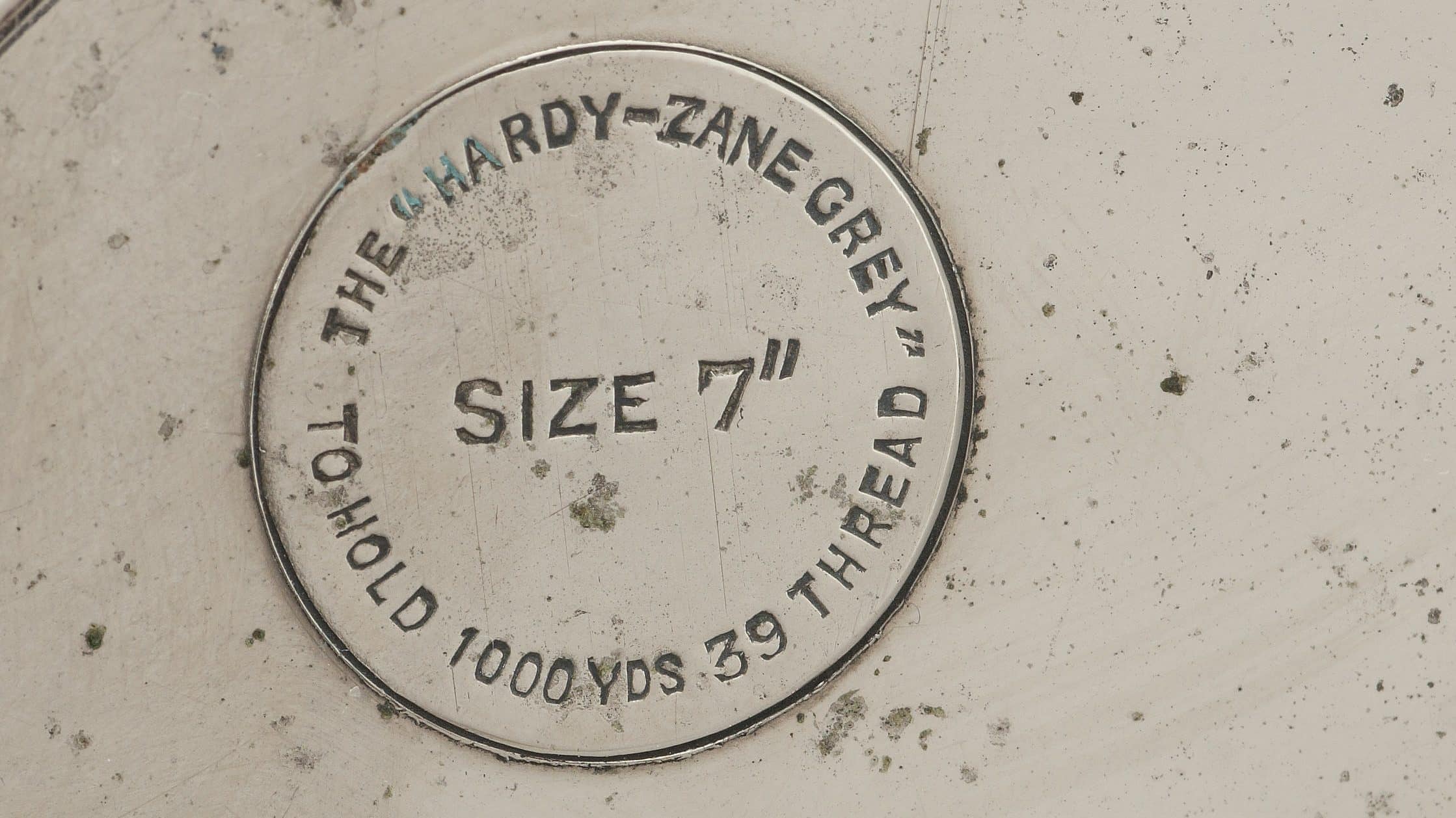
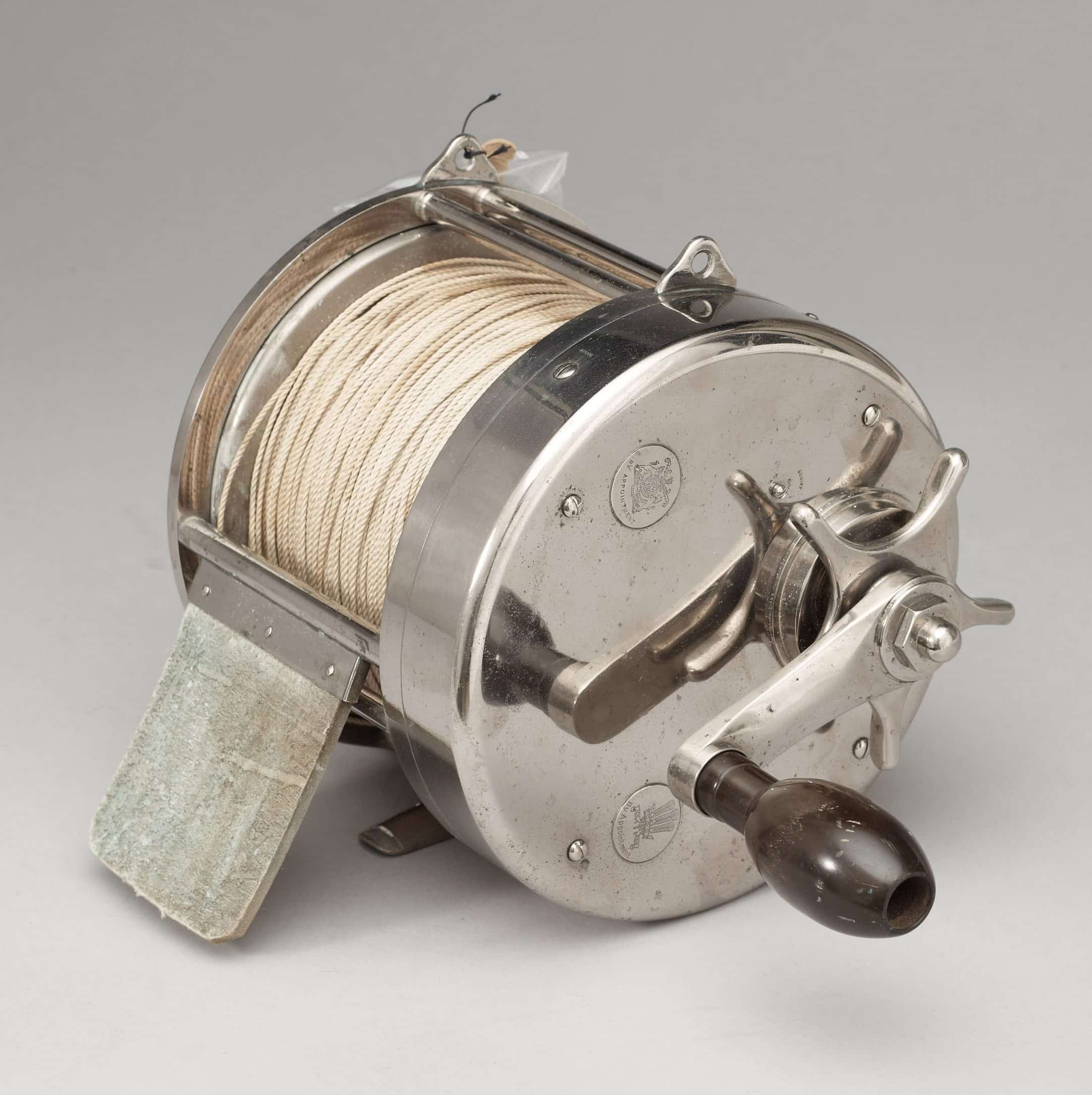
Made of special stainless steel since the 1930's, Hardy's "Zane Grey" reel is one of the most sought after by collectors.
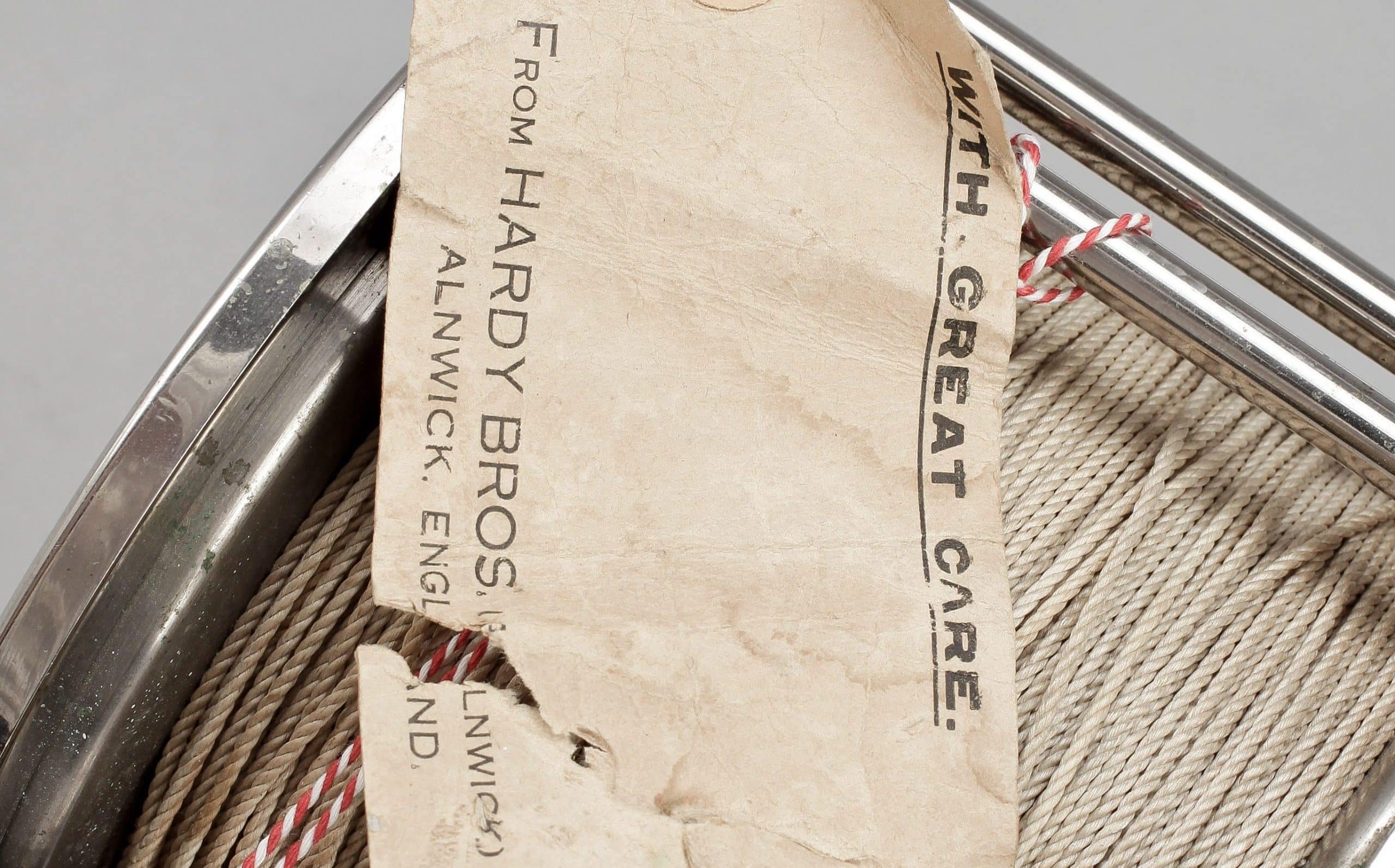
Before the second war, Nylon did not exist and big game fishing lines were made of braided linen.
For the record, Zane Grey became a billionaire in the 1920’s and 30’s by selling to Hollywood the rights to these numerous “western” novels for the first silent films. In addition to his passion for the actresses of the time, his other folly, which cost him much more, was fishing for giant tuna, marlin and swordfish that he pursued on all the oceans of the planet. So he asked Hardy to make him the best reels he could find, no matter how expensive they were to make.
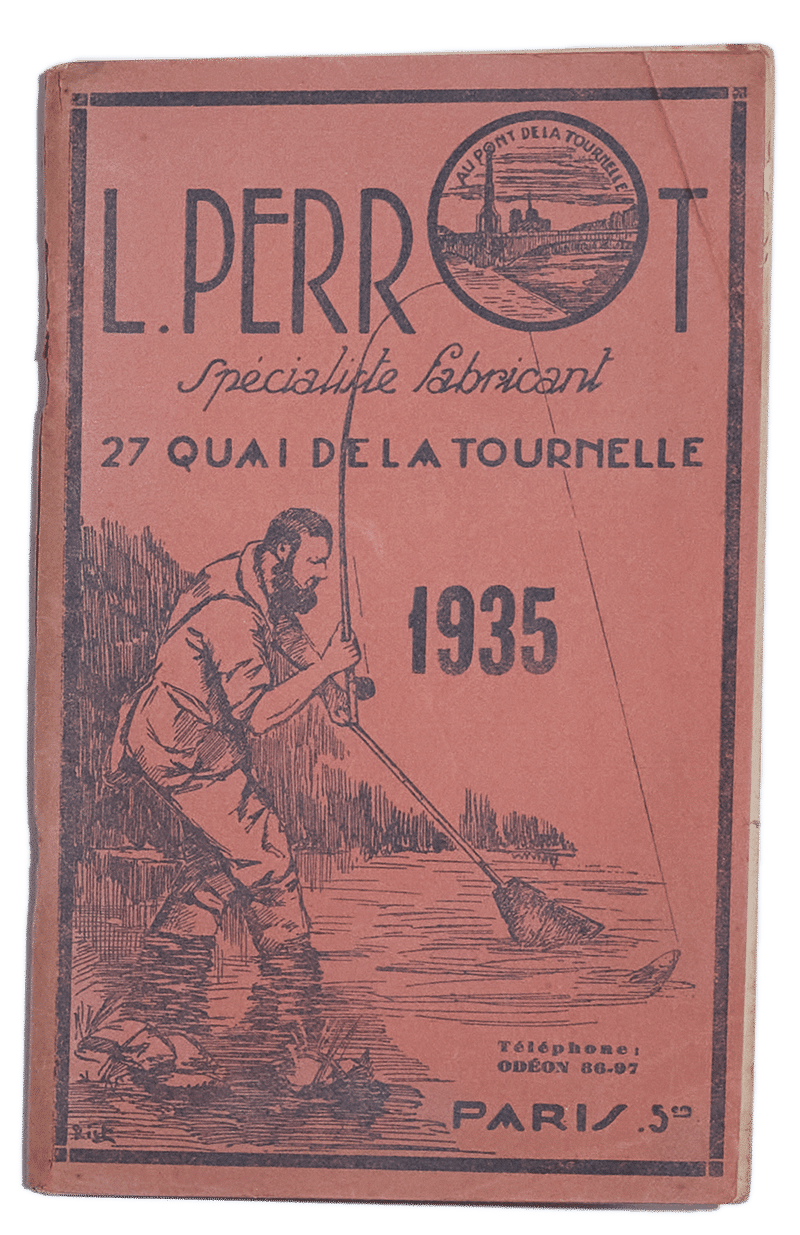
In France, Louis Perrot was a forerunner, particularly in the manufacture of reels for the "tout-gros".
In France, it was Louis Perrot, manufacturer of fishing tackle in Paris, quai de la Tournelle, who manufactured before the war, and until the beginning of the sixties, the “Swordfish” (Espadon) reels, very similar to the Fortuna of Hardy, and which allowed on the Britany coasts, the capture of many tuna weighing between 200 and 350 kg. Less well finished than the Fortuna and less efficient, they are especially sought after by French collectors, as they are manufactured in much smaller series.

In front of his store on the docks, Louis Perrot was testing his reels, "fishing" for swimmers.




